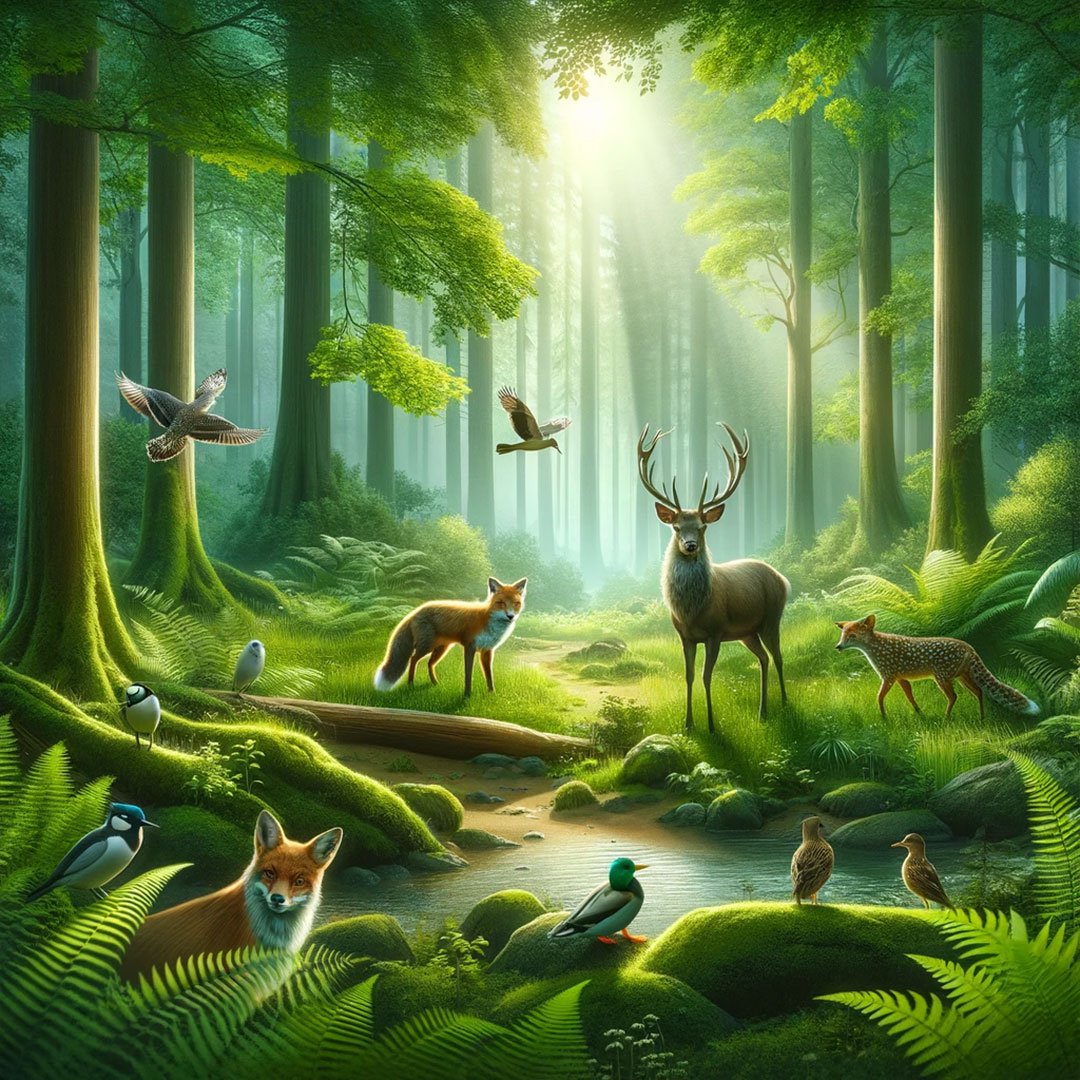Introduction to Regional Parks and Conservation
Regional parks serve as crucial sanctuaries for biodiversity, offering refuge for wildlife and flora while providing people with valuable recreational areas. Their role in environmental conservation is pivotal as they help sustain ecosystems that are under threat from urban expansion and industrial activities.
Highlighting Key Conservation Successes
Successful Wildlife Reintroduction Programs
One of the most heartening aspects of conservation in regional parks has been the successful reintroduction of various species. These programs often involve species that were locally extinct or significantly reduced in numbers. The return of these species not only helps restore the ecological balance but also enhances biodiversity.
Community Involvement and Benefits
Essential gear includes binoculars for safe viewing, sturdy footwear for uneven terrains, and weather-appropriate clothing. Always carry water, a map, and a compass or GPS device. A camera with a zoom lens is also recommended for those distant shots, ensuring you keep a safe distance.
Restoration of Native Plant Species
The deliberate restoration of native plants is another significant conservation success. Techniques such as seed dispersal, habitat restoration, and invasive species removal have been instrumental. The flourishing of native plants leads to a healthier ecosystem capable of supporting diverse wildlife.
Case Studies of Notable Regional Parks
Park A: A Model of Community Engagement
Park A stands out as a prime example of effective community engagement. Here, locals participate in regular clean-up drives and monitoring activities, contributing directly to the park’s conservation goals.
Park B: Pioneering Wildlife Conservation
Park B is renowned for its innovative approaches to wildlife conservation, particularly its work with endangered species. Efforts here include habitat modification, breeding programs, and health monitoring, which have all contributed to the survival of species at risk.
Challenges in Conservation
Funding and Resource Allocation
Despite successes, conservation efforts often struggle with inadequate funding and resources. Innovative funding solutions, including partnerships and grants, have been key to overcoming these challenges.
Balancing Public Access with Conservation Needs
Ensuring public access to parks while protecting sensitive areas is a delicate balance. Successful parks have managed this by creating clear guidelines and designated areas for recreational use that do not interfere with conservation zones.

Future of Conservation in Regional Parks
Emerging Technologies in Conservation
Technological advancements such as drone monitoring and genetic studies are set to revolutionize conservation in regional parks. However, these technologies also bring new challenges, such as data management and ethical concerns.
Importance of Ongoing Community Support
The continued support of local communities will be crucial for the future of conservation efforts. Individual actions, such as volunteering and advocacy, play a significant role in maintaining the momentum of conservation successes.
Conclusion
Regional parks are not just areas of natural beauty and recreation; they are pivotal to our planet’s ecological health. Celebrating the conservation successes within these parks encourages a greater appreciation and support for these vital ecosystems.
FAQs
- What is a regional park?
A regional park is a protected area designated to conserve natural resources, provide habitat for wildlife, and offer recreational opportunities for the public. These parks typically encompass larger landscapes compared to city parks and focus on preserving natural environments while facilitating environmental education and outdoor activities. - Why is wildlife reintroduction important?
Wildlife reintroduction is crucial for restoring the ecological balance within ecosystems that have been disrupted due to human activities or other factors. By reintroducing species that were extinct or severely depleted in specific areas, conservationists can help ensure biodiversity, enhance ecosystem functions, and stabilize food chains. This also helps in the recovery of endangered species. - How can I get involved in conservation efforts?
Individuals can get involved in conservation efforts by volunteering with local conservation organizations, participating in clean-up events, and supporting ecological research through donations or citizen science projects. Educating oneself and others about the importance of conservation, and advocating for sustainable practices and policies are also effective ways to contribute. - What are the challenges of balancing public access and conservation?
Balancing public access with conservation involves managing the recreational use of parks without compromising the ecological integrity of the area. Challenges include preventing habitat destruction, minimizing human-wildlife conflicts, and regulating activities that could negatively impact the environment. Effective strategies involve creating designated trails, providing clear guidelines for visitors, and enforcing conservation regulations. - What future technologies are promising for conservation?
Promising technologies for conservation include bioacoustics for monitoring wildlife populations, drones for surveying and mapping habitats, and genetic technologies for studying biodiversity and guiding breeding programs. Additionally, remote sensing and GIS technologies are increasingly used for tracking environmental changes and planning conservation strategies effectively. These tools help in gathering accurate data and implementing proactive measures to protect ecosystems.
Leave a Reply